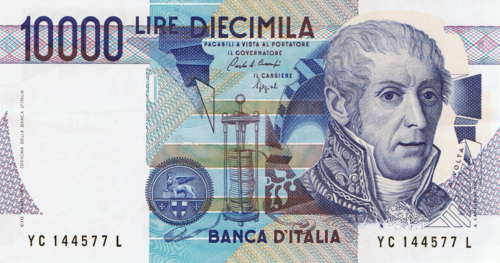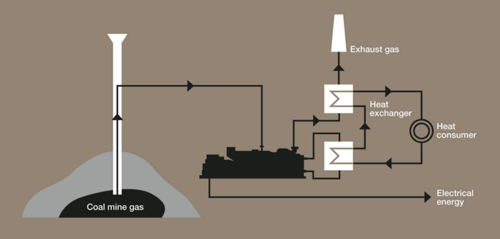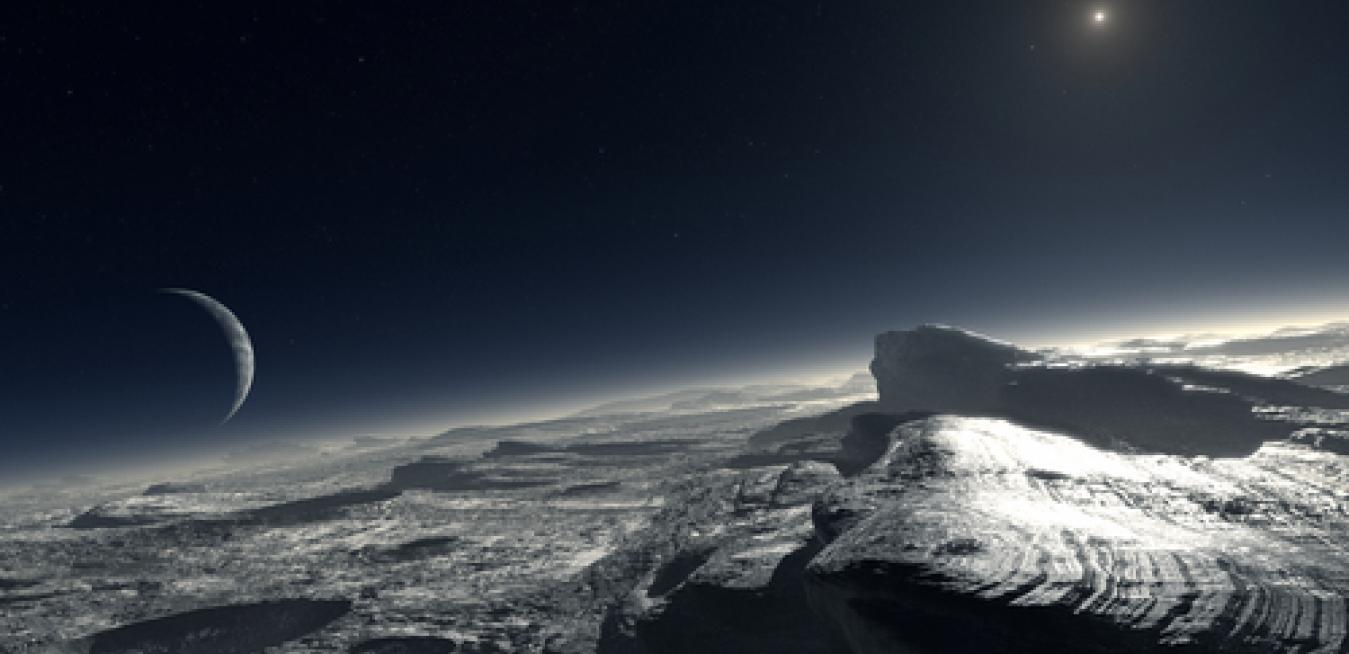On November 4, 1776, the Italian physicist Alessandro Volta took a boat ride on the pristine Lake Maggiore straddling the border between northern Italy and Switzerland. Ever the scientist - he invented the first battery and the unit of electrical potential, the volt, is named after him – Volta ignored the distant alpine vistas and poked a stick in a marsh near the shore.
Volta was interested in the bubbles he freed from the lake bottom. He collected them in a vial and set its contents on fire when he returned home. He called the gas “inflammable air from mashlands” and used it to produce small explosions in device called Volta’s pistol. Today, we call his marsh gas methane.
Methane, which is really the spent “breath” of anaerobic microbes, is the most fundamental alkane and the key component of natural gas. It has done a lot of good for us over the last century, heating our homes and cooking our meals. But it is also a powerful greenhouse gas, 30 times more potent than CO2, and it can easily ignite and turn deadly when trapped in underground coal mines and mixed with air.
One way to deal with coal seam methane is to remove it with a special ventilation system and flare it. But mining and energy companies can also turn it into something useful: electricity.

Volta and his battery appeared on Italy’s last 10,000 Lira banknote. Credit: Golle95
One way to do it is inside the Jenbacher gas engine. The machine, which is made by GE in Austria, may be the ultimate combination of Volta’s visions of gas and electric power.
There are hundreds of Jenbachers around the world, operating on every continent (minus Antarctica). They generate heat and electricity from natural gas and also methane-rich biogas produced from garbage, sewage sludge, cheese whey, whisky mash and even discarded school lunches. The engines can also work as a standalone power plant. It is a key part of GE’s new Distributed Power business.
Clarke Energy, a global gas engine distribution and service business, will soon supply 19 Jenbachers to two coal seam gas processing plants in Australia operated by Australia Pacific LNG, a joint venture between Origin Energy, ConocoPhillips and Sinopec.
The two Australian plants tap abundant methane trapped inside underground coal beds in rural Queensland. The engines will join 10 Jenbachers already installed at one of the sites, the Reedy Creek facility.
The engines will generate 87 megawatts of electricity, enough to power two small towns, when the project is completed in February, 2015.

Top image: Scratch and sniff: Much of the methane in coal beds on Earth is produced by the respiration of anaerobic microbes. But other bodies in the solar system are swaddled in the substance. Scientists believe that parts of Pluto, the former planet, might be covered with frozen waves of pure methane (see artist’s rendition up top). Image Credit: European Southern Observatory (ESO). Infographic courtesy of Clarke Energy.





